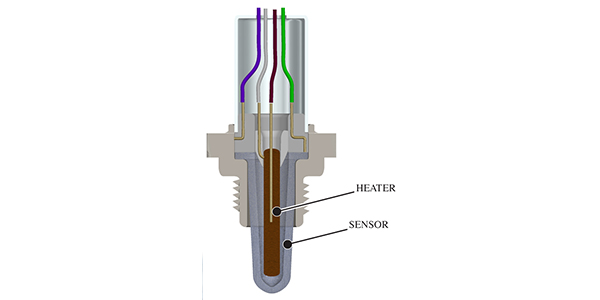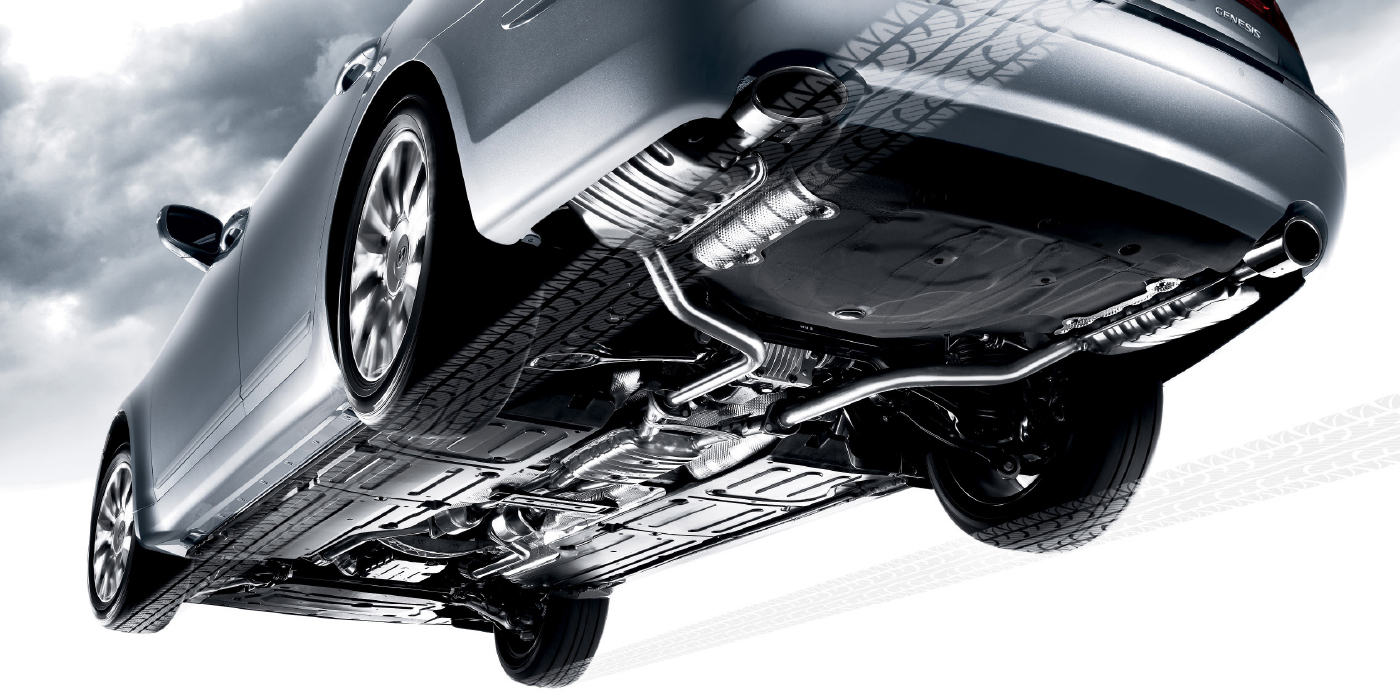Vehicle Application:
1998 Audi A4 Quattro 2.8L, A6 Quattro 2.8L, Volkswagen Jetta GLX 2.8L;
1999 A6 Quattro Avant 2.8L;
2000 A4 Quattro Avant 2.8L, A6 Quattro 2.8L, A6 Quattro Avant 2.7L, Beetle 1.8L, GAS, Turbo; Golf 1.8L, GAS, Turbo; Jetta GLS 1.8L Turbo; Passat 2.8L;
2001 A6 Quattro Avant 2.7L, A8 Quattro 4.2L, A8 Quattro L 4.2L, TT Quattro 1.8L and Jetta GLS 1.8L Turbo;
2002 Audi A6 Quattro 4.2L, S4 Avant 2.7L, Jetta GLS Wagon 1.8L, Passat 1.8L Turbo and Passat 4 Motion 2.8L;
2003 A4 Quattro 1.8L, A6 Quattro 4.2L, A6 Quattro Avant 2.7L, Passat 1.8L Turbo;
2004 A6 Quattro 2.7L Turbo, Jetta 1.8L; and
2005 Golf GTI 1.8L Turbo
Customer Concern
The Check Engine Light (MIL) is on and fault code P0411 (16795) is stored in the fault memory.
Potential Causes
• Restricted Cylinder Head Secondary Air Passages
• Low Engine Vacuum
• Defective Secondary Air Combination Valve
• Defective Secondary Air Injection Solenoid Valve N112
• Defective Secondary Air Pump Relay J299
• Defective Secondary Air Pump V101
Tech Tips
The secondary air injection (AIR) system blows air into the exhaust, behind the exhaust valves, via a passage in the cylinder head. This extra air injection takes place on a cold engine (5°-33° C engine coolant temperature) for about 100 seconds and serves to quickly heat the catalytic converter for improved emissions.
When the engine is started cold, the engine control module (ECM) activates the AIR pump motor V101 via the secondary air injection pump relay J299. The secondary air injection solenoid valve N112 also is activated. With the V101 pump and the N112 solenoid active, pressurized air and manifold vacuum are passed to the combination valve on the head.
Manifold vacuum signal from the N112 solenoid opens the combination and allows the pressurized air produced by the V101 pump to enter the exhaust behind the exhaust valves. Code P0411 will set if the O2 sensors do not see a large enough change in exhaust gas oxygen when the secondary air injection system is active.
Diagnostic Codes
16795, 17819, 17822, 17831, 17832, P0411, P1411, P1414, P1423, P1424
Tests/Procedures
1. Verify engine vacuum. The AIR system needs the full 18-22” of vacuum to operate correctly. A vacuum leak anywhere in the intake system can affect the AIR system. The best way to check for a vacuum leak is with a smoke machine directly after the mass air flow (MAF) sensor. Taking shop air with an external pressure regulator set to 5 psi is a good way to help find any small leaks.
2. Verify operation of the combination valve. Put a vacuum pump to the valve. The valve should hold a vacuum. Apply and release vacuum to the valve repeatedly. Movement of the diaphragm should be felt.
3. With a factory-compatible scan tool:
a. Enter Address Word 01-Engine Management.
b. Select Function 03-Output Diagnostic Test Mode (DTM). This is an actuator test. The AIR pump relay J299 should get pulsed a ground and the AIR pump V101 should cycle on and off. The AIR solenoid valve N112 should also get pulsed a ground. The valve should click.
4. Bypass the AIR relay J299 and make the AIR pump V101 run continuously. The pump should put out a strong, forceful amount of air (approximately5 psi). Verify that there is no air leaking around the case of the AIR pump.
5. Verify that the air leaving the AIR pump V101 is reaching the combination valve and is not leaking out of a cracked hose.
6. With the engine idling, put a vacuum gauge in place of the combination valve. Electrically unplug the AIR solenoid N112:
a. There should be no vacuum reading on the gauge.
b. Manually apply power and ground to the solenoid. Full manifold vacuum should be read on the gauge.
c. Remove power and ground to the solenoid. Vacuum should drop off within a few seconds down to no vacuum.
7. If all previous tests pass, the issue could be a carbon buildup issue inside the cylinder head. To test for carbon buildup:
a. Remove all spark plugs from the engine.
b. Force air into the cylinder head. (Either by removing the combination valve and using shop air or by manually activating the V101 pump and applying vacuum to the combination valve.)
c. Turn the engine over by hand. As each cylinder comes up on the exhaust stroke, air should be felt coming from the spark plug hole. Equal amounts of air should be felt from all spark plug holes.
8. If all tests pass, there could be a potential sensor issue with the O2 sensors or MAF sensor.
Courtesy of Identifix.







